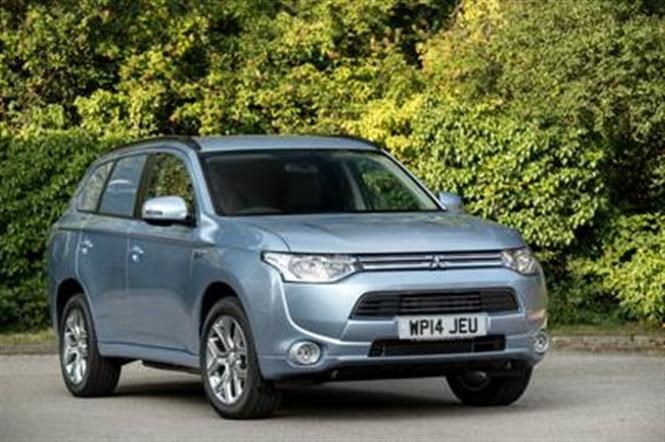Mitsubishi has announced that the energy regenerated by the Outlander PHEV recovery system could amount to 5.4 million kilojoules, enough to power 150 UK homes for a day. The five stage regenerative braking is stored by the lithium ion battery, and then used to propel the vehicle.
The savings
The Outlander PHEV is a plugin hybrid vehicle that employs a mixture of petrol and electric power to achieve 148mpg on the combined cycle. Its regenerative braking system is a key component in extending the electric range, and is a similar to the devices found in electric vehicles.
Replenishing the battery in this way extends the petrol-free driving range and offsets the need for power that would otherwise be drawn from domestic power supplies or charging points. Over 100 miles of mixed driving, up to 15kw/hrs was saved, and this helps extend the electric-only range to 32.5 miles.
How it works
The paddle shift levers are located on the steering column, enabling the driver to comfortably optimise the level of regenerative braking with changing road and driving conditions, and the on-broad computer displays the amount of energy that has been harvested.
Steep descents and motorway speeds allow for stronger regenerative braking using level five. Levels two, three and four provide a productive level of regeneration in and around urban areas. Level one provides a lighter but still beneficial level of energy recovery.
Cost benefits and incentives
There are many benefits to running a plugin hybrid like the Outlander PHEV, such as exemption from excise duty and the London Congestion Charge, and access to the proposed Ultra Low Emission Zone under current plans.
It qualifies for the £5,000 plug in grant, but prices still start from a fairly hefty £28,770, but company car drivers pay just five per cent benefit-in-kind tax, saving £8,216 in personal tax over three years compared to a similar size 4x4 SUV.
Just so you know, we may receive a commission or other compensation from the links on this website - read why you should trust us.




